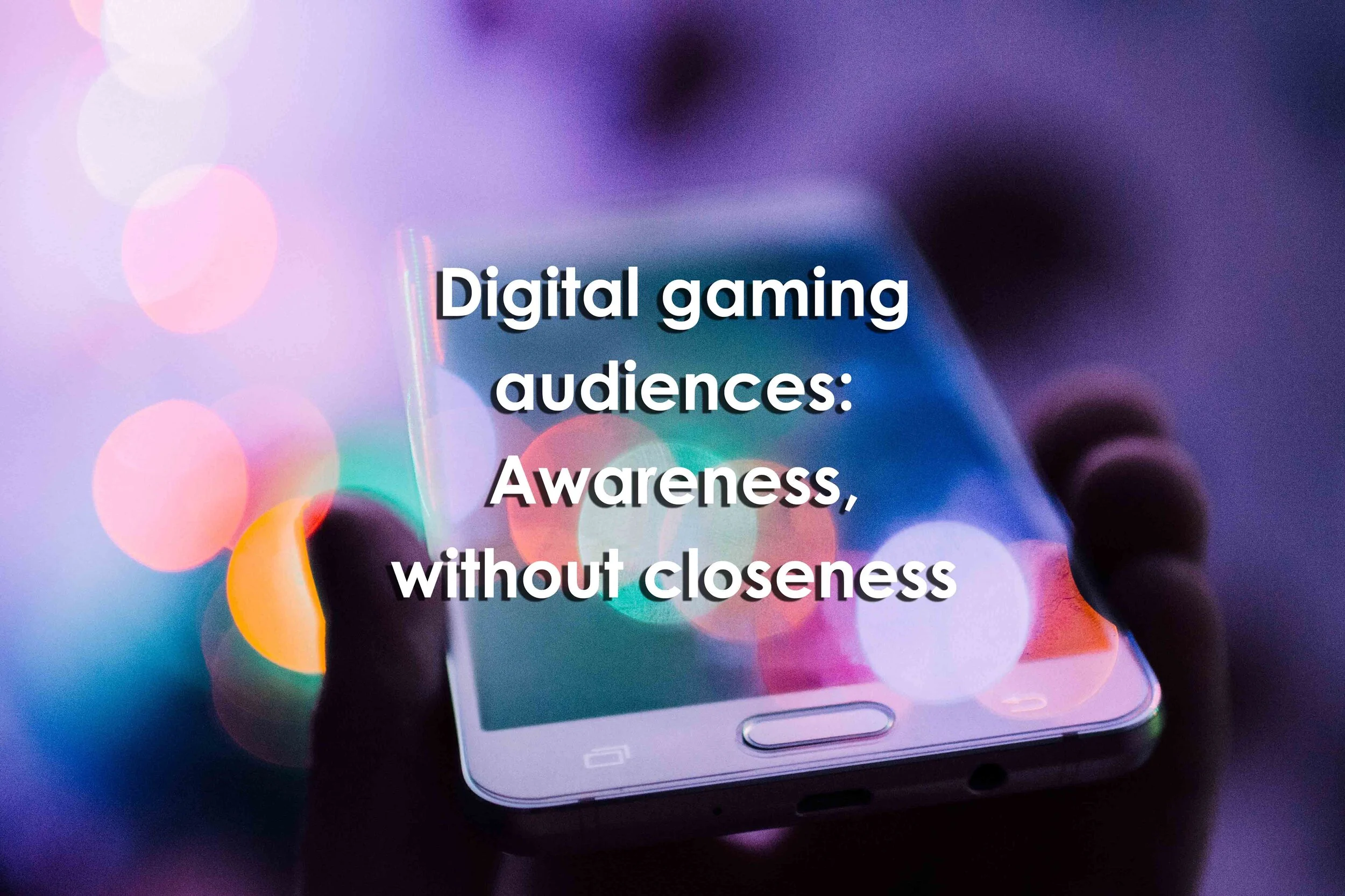Digital gaming audiences: Awareness, without closeness
Digital gaming audiences: Awareness, without closeness
Digital gaming audiences: Awareness, without closeness
Evan R.Watts, Kevin Kobanb, Nicholas D. Bowman
Abstract
"Game streaming is emerging as an increasingly popular form of social gaming even among non-professionals. As such, players have to adapt to the presence of a digital gaming audience consisting of people who are either synchronously or asynchronously participating in their performance and engaging with them remotely via digital media. While individuals’ experiences with physically collocated (non-digital) audiences is well-studied, it is still unclear whether digital audiences trigger similar socio-cognitive mechanisms or whether individuals process such audiences differently. The current research examined the potential impact of both synchronous and asynchronous digital gaming audiences on players’ feelings of closeness, as well as the social demand these audiences elicit, across both US and German players in two separate studies. The second study was designed as an exact replication of the first, as a robustness check. Results indicate that while players could recall details of the conversations, synchronous streaming had no impact on feelings of propinquity with, or social demand from, the audiences."
Reference
Watts, E. R., Koban, K., & Bowman, N. D. Digital gaming audiences: Awareness, without closeness. Entertainment Computing, 36, 100384. https://www.sciencedirect.com/science/article/pii/S1875952120300926
Keywords
Audience effects, Social facilitation, Game streaming, Mixed methods, Social demand

